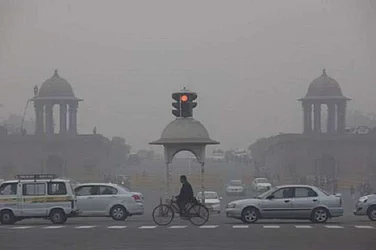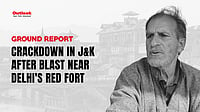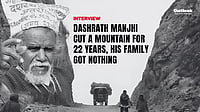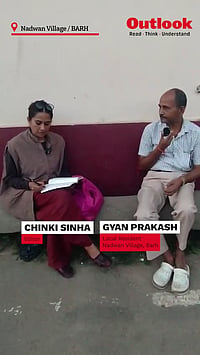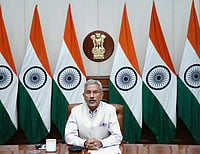
Just then, an electric pole fell, throwing a live overhead cable on the wet floor, sending waves of electric shocks. As the pilgrims scampered for safety, there was a melee. Those who fell were soon trampled over. But more trouble was to follow as the panic increased. Amid the melee, some vented their anger at the shops lining the path. These shops were obstructing the downward flow of the crowd. A few shops were set on fire. The blaze got out of control when more than 25 LPG cylinders stored in nearby eateries exploded. "We could hear the blasts at some distance from the village," said Baban Gurav of Khed. The fire engulfed 150 of the 300 shops, gutting 90.
The trouble began around 12.30 pm. But it took over four hours to bring some semblance of order. By then, the damage had already been done. There were no fire-tenders at the scene. The road to the temple is narrow and unkempt. Much worse in the 12-km treacherous approach ghat section. After the tragedy, when private vehicles and 450 buses parked on the tableland began bringing down the dead and injured, they got caught in a traffic snarl with police vehicles, ambulances, fire-tenders and state transport buses.
The first fire-tender reached the site around 6 pm and soon ran out of water, forcing it to fall back on a local well until replenishment arrived. The tragedy happened in an area with few well-equipped hospitals. "Most people died due to suffocation," says a doctor at Wai Rural Hospital.
Chief Minister Vilasrao Deshmukh wasted no time in announcing that his government would institute a disaster management plan at religious places. A judicial probe has been ordered and ex-gratia payment of Rs 1 lakh to the next of kin of the deceased has been announced.Sadly, this came as a tired repetition of the promises made after the 2003 stampede at the Nasik Kumbh Mela. The administration seems as ill-prepared today to manage crowds as it was then.








